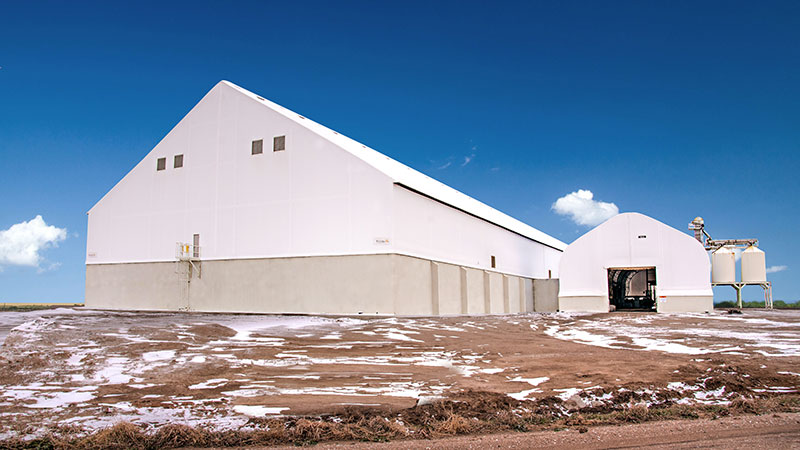Choosing the Right Adjuvant: 3 Key Considerations for Getting the Most From Your Fungicide
From weather to insects to soil types, growers manage numerous variables outside of their control. Fungal diseases are one of these variables that impact crops year in and year out. They reduce yield, lower grain quality, impact standability and even produce toxins that limit the crop’s uses as feed or food.
Growers use fungicides as a trusted tool to protect their crops and bottom lines from these various threats. But are you getting the most performance from your fungicide?
“In order to get more from a fungicide application, you need to maximize coverage and absorption into the plant,” says John Blackford, branded technology portfolio manager for Wilbur-Ellis. “That’s where adjuvants come in.”
Working together
Fungicides and adjuvants each perform separate but equally important functions. Fungicides provide a protective barrier to help prevent and cure fungal diseases; some even activate a plant’s natural defense mechanisms that work to fight against stressors.
Adjuvants, particularly surfactants, help the fungicide perform more effectively through improved coverage and absorption into the plant.
“Adjuvants work to increase the efficacy of your fungicide application, leading to stronger plant performance and ultimately more yield,” said Blackford. “This increased plant performance can help you achieve a stronger return on the investment in a quality fungicide program.”
Choosing the right adjuvant
There are many types of adjuvants with hundreds of individual products and brand names. Deciding between these many options can be overwhelming. Keep these three factors in mind when selecting the right adjuvant to help your fungicide deliver its full potential for your row crops this season.
1. Identify obstacles preventing ideal application
Consider barriers that prevent a good application. Plants have natural traits that interfere with fungicide application, including leaf hairs and waxy cuticles. These common barriers keep spray deposits from making consistent contact with the leaf surface. Another common barrier is leaf angle, making it hard to get complete coverage of the leaf.
In addition to natural plant barriers, different spray disruptors can interfere with a successful application. These include wind, temperature, humidity, rain and ultraviolet degradation, with hard water being a common disruptor.
“The ions in hard water can bind with the chemistry in a fungicide, making it unavailable to the plant,” says Blackford. “You could be missing out on the full benefit of the active ingredient you need, simply because of an issue with the water in the tank mix.”
2. Understand the classes of adjuvants available
With the many types of adjuvants available, learning and understanding their categories can be useful. For growers looking to get the most from their fungicide, insecticide and herbicide applications, learning about surfactants, conditioning agents, and deposition agents is most helpful.
Surfactants help improve a pesticide’s ability to disperse, spread and stick. By reducing surface tension, surfactants increase a droplet’s ability to remain in contact with the leaf surface.
Conditioning agents reduce the issues caused by the minerals found in hard water, such as calcium and magnesium.
Deposition agents (stickers) increase a pesticide’s ability to stick to a target’s surface. This can decrease the amount of pesticide that remains on the plant surfaces after rainfall or irrigation.
3. Rely on trusted people and products
With many manufacturers in the adjuvant category, it can be difficult to know who to work with. Do the proper research to find the right adjuvant and company partner for you.
“Wilbur-Ellis has a robust lab and field trial network to perform extensive testing before bringing anything to market. This makes us confident what we put out into the field works as expected,” says Blackford. “Our team also has boots-on-the-ground experience with products and understands how to apply them with different herbicide, insecticide and fungicide programs for optimal results.”
In addition, though adjuvants are not regulated by the Environmental Protection Agency, many products offered by Wilbur-Ellis are certified by the Council of Producers & Distributors of Agrotechnology (CPDA) voluntary Adjuvant Certification Program. This program was launched in 2001, includes 16 benchmarks for adjuvants and provides consistent scientifically accepted standards that help applicators and farmers effectively judge the quality and product performance of an agricultural tank-mix adjuvant.
While you can’t change the pressures in the field, you can prepare to tackle them. Be sure to get a head start managing disease threats with a robust fungicide and adjuvant package.





